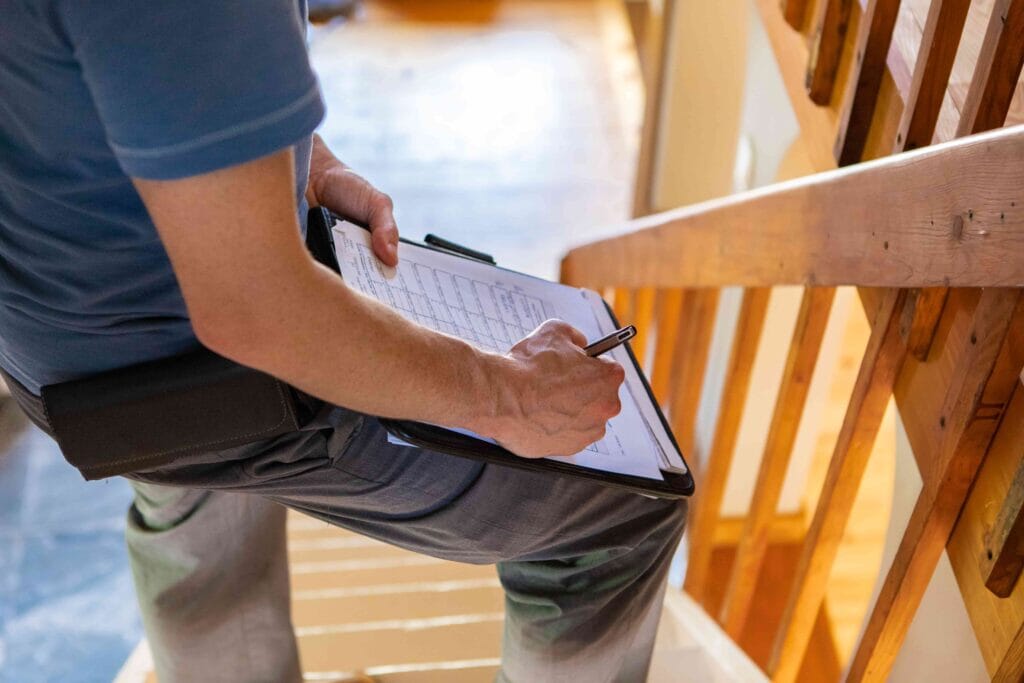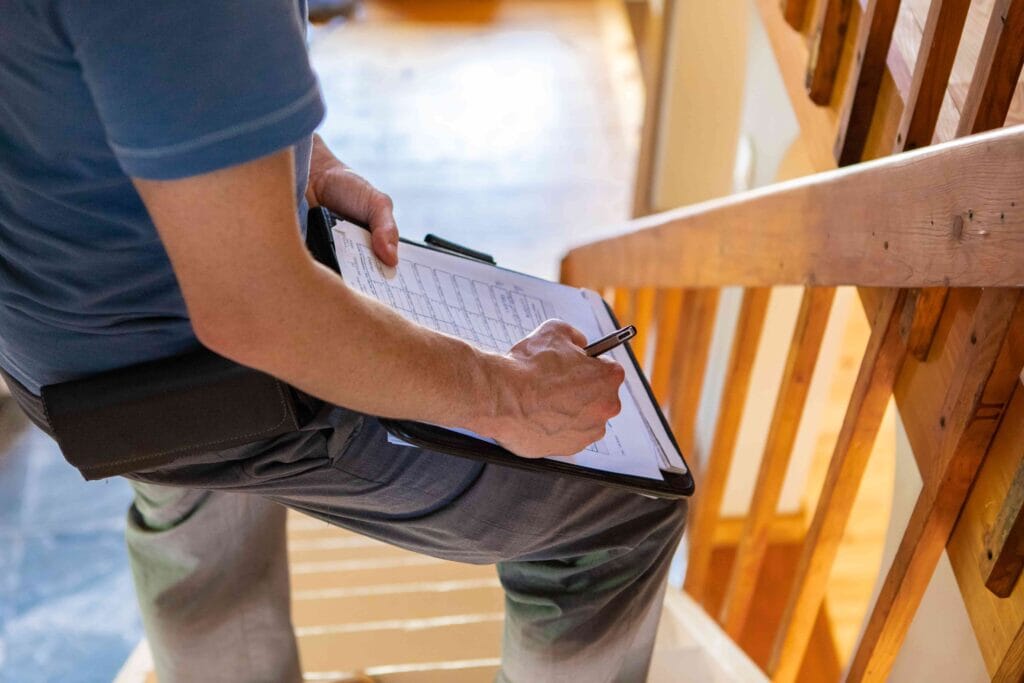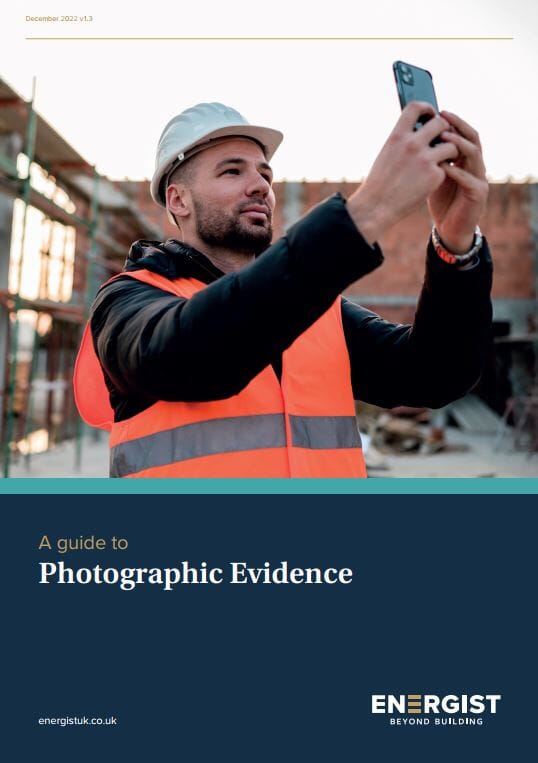
Delayed Scottish building regs are now live
Part L/Section 6
Delayed Scottish building regs are now live

The Scottish Government has recently introduced major changes to the Technical Handbooks. These updates were due to come into force at the end of 2022, and include significant changes to Section 6 (energy), along with the introduction of a new requirement around overheating in Section 3 (environment).
The implementation of these updates was postponed until February 1st, 2023, so they are now in force across Scotland.
This delay was announced because SAP calculation software, created to support compliance with the new targets, was not going to be ready in time for the original launch date. Software developers were given an additional two months to complete and test the new calculators before the updated Technical Handbooks came into force.
Section 6 changes
Most of the planned changes affect Section 6 of the Technical Handbooks. This regulation sets emission targets for all new-build developments using SAP calculations (or SBEM for non-residential) to demonstrate compliance.
The changes include the introduction of the Target Delivered Energy Rate (TDER), which will eventually replace the Target Emission Rate (TER). TDER will look at the expected energy demand of the building to encourage the use of low-energy heating systems and increase the installation of PV panels.
Both TDER and TER targets must be met when buildings use a fossil fuel heating system (gas or oil). Buildings that use electric panel heaters or heat pumps only need to comply with the new TDER.
The phasing out of TER comes as the UK works towards a net zero electricity network, targeted for within the next 15 years. This means homes designed to use electric heating can be considered future-proofed for a zero-carbon future, as the national grid decarbonises.
The emphasis, therefore, turns to reducing energy use, leading to lower fuel bills.
To help with the rollout of electric-only systems in new builds, the New Build Heat Standard also comes into force in Scotland in 2024, stating: ‘New buildings must use heating systems which produce zero direct emissions at the point of use.’
Essentially, installing gas and oil boilers on new construction projects will be banned. Scotland is the first part of the UK to commit to a date for this landmark change.
The new Section 6 will also include more stringent U-Values for building elements, meaning more insulation will be required. For example, the U-Value for external walls is reduced from 0.22 to 0.17, and roofs must achieve 0.12, reduced from 0.15.
These lower U-Values will further drive the improvement of fabric standards with higher levels of insulation applied to all parts of a building’s envelope.
Additionally, air leakage testing is being made mandatory in all dwellings. This is a significant step up from the 5% testing requirement previously mandated in Section 6. This test will flag building defects at completion, for builders to rectify any cracks or gaps before the first occupiers move in.
Section 3 changes
Another update due to go live in February is in Section 3 of the Technical Handbooks – making overheating checks mandatory on all new dwellings.
As with AD-O (updates to building regulations surrounding managing overheating risk) in England and Wales, this new requirement gives developers two routes to compliance. A simplified approach sees the number of windows and openings checked to ensure solar gains are not excessive and free air movement is supported. If this approach does not comply, a dynamic simulation modelling, more commonly known as a TM59 overheating model, can be applied.
Developers working on renovation projects should also aim to meet the overheating criteria where feasible.
What happens next?
Sites that were started before February 1st, 2023 can continue to follow the older guidance. This means no overheating requirements, no mandatory air testing, and the use of the previous SAP targets.
For sites that need to comply with the new regulations, Energist’s Technical Team has an SAP calculator which is fully approved to meet Scottish compliance. We also have a new overheating assessment tool which calculates compliance with the new Section 3.28 requirement.
This means we can work with you to show how your upcoming developments can comply with these more challenging targets.






